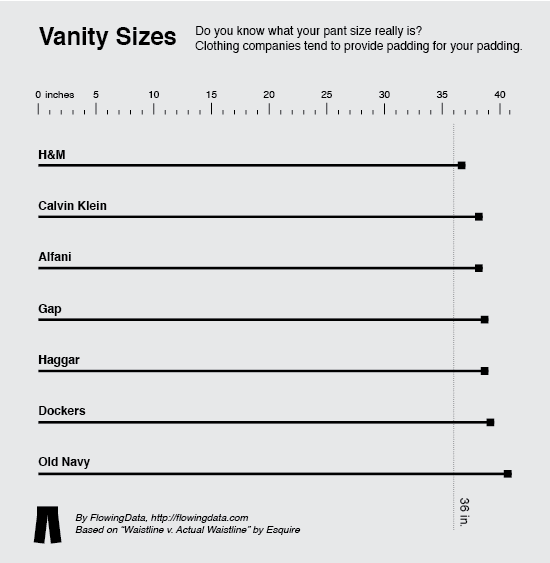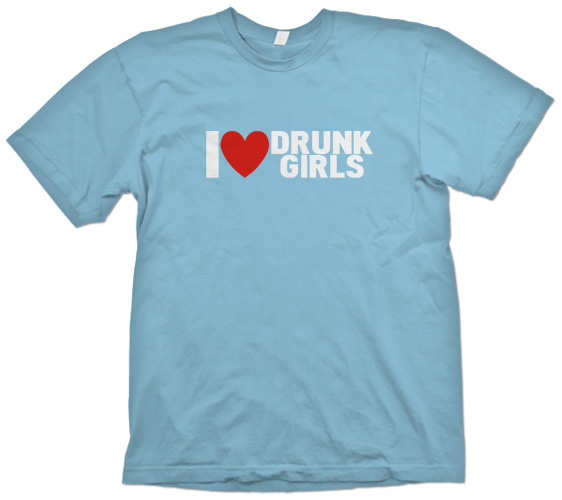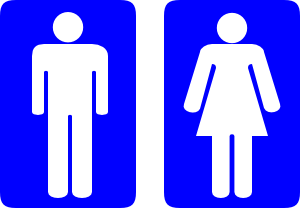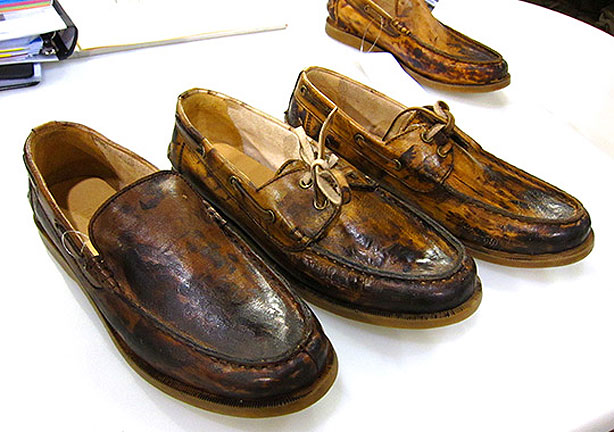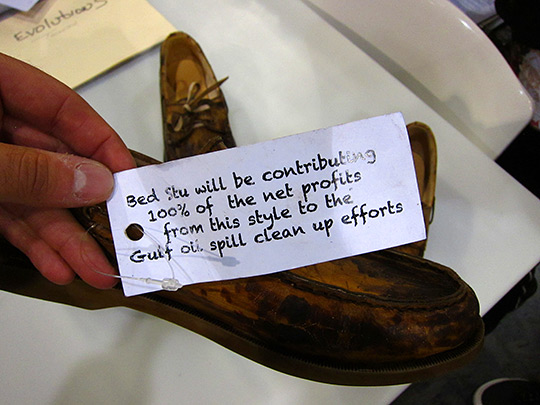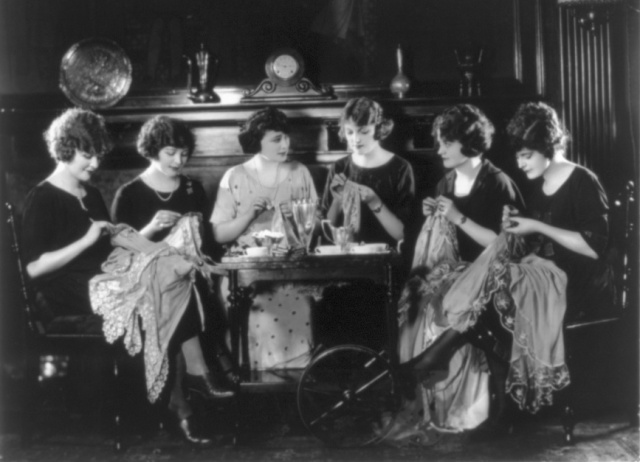Many of you may have heard about NPR’s decision to fire commentator Juan Williams last week after he appeared on The O’Reilly Factor and made the following comments:
Look, Bill, I’m not a bigot. You know the kind of books I’ve written about the civil rights movement in this country. But when I get on the plane, I got to tell you, if I see people who are in Muslim garb and I think, you know, they are identifying themselves first and foremost as Muslims, I get worried. I get nervous.
Williams was widely criticized for the remarks after video of his appearance showed up on a number of liberal websites, and NPR quickly fired him, arguing that his comments about Muslims discredited him as a commentator (more on that below).
Muriel Minnie Mae, Duff M., and an anonymous contributor all let us know about the site Pictures of Muslims Wearing Things, created in response to the incident. The site deconstructs the idea of “Muslim garb” by showing…well, pictures of Muslims wearing things. New images (with awesome captions) are currently going up every few minutes, and it’s a great example of the diversity that exists among Muslims, variety that tends to get ignored in stereotypical depictions of Muslims (who are often conflated with Arabs and Middle Easterners, though the world’s largest Muslim population — over 200 million — is in Indonesia and only 20% of all Muslims live in the Middle East and North Africa).
Even in the cases where individuals are wearing something that others might identify as clearly “Muslim”, such as hijab, is it fair to say they are “identifying themselves first and foremost as Muslims,” as Williams stated? Is it that Dalia, above, is stressing her Muslim identity above all else (say, more than being a professional, with the suit, or a married woman, with a wedding ring) by covering her hair? Or, perhaps, does covering her hair make individuals who are uncomfortable with Muslims unable to see her as anything but “first and foremost” a Muslim?
Side note: Since this post brings up the whole Juan Williams situation, I think I would be remiss if I didn’t point out that a number of commentators argue Williams’s comments are being unfairly decontextualized with a selectively-edited video. If you watch the full segment, he starts out with the comments above (the only part that got widely distributed), which indicate a personal discomfort with Muslims, but goes on to disagree with O’Reilly, saying that we don’t blame all Christians for the actions of Timothy McVeigh and that the concern should be not about Muslims, but about extremists. William Saletan of Slate says,
I’m not saying Williams is the world’s most enlightened guy. He’s wrong, for example, about the proposed Islamic Center near Ground Zero. And it’s certainly unsettling to hear him admit that he worries when he sees Muslims in distinctive dress. But admitting such fears doesn’t make you a bigot. Sometimes, to work through your fears, you have to face them honestly. You have to think through the perils of acting on those fears. And you have to explain to others why they, too, should transcend their anxieties or resentments and treat people as individuals.
Gwen Sharp is an associate professor of sociology at Nevada State College. You can follow her on Twitter at @gwensharpnv.

